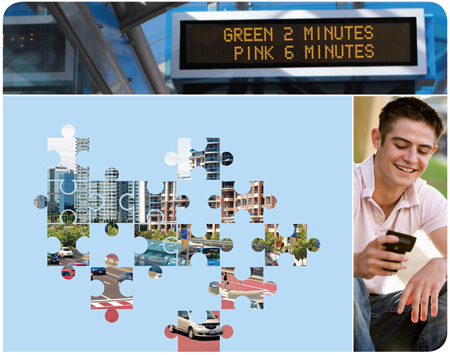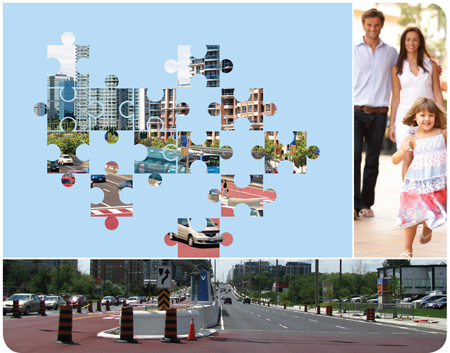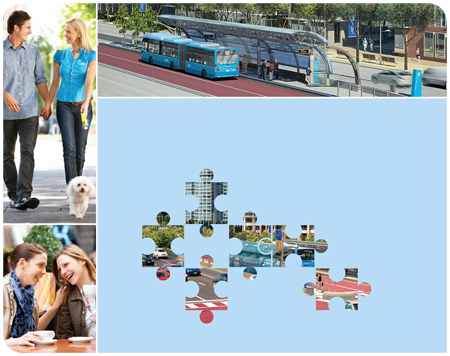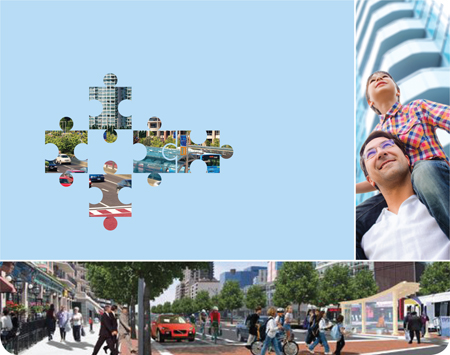The installation of the new dedicated rapidway along Highway 7 has resulted in some important changes to the way drivers will get to their destinations, and how the traffic signals work. Some of these changes have already become familiar to drivers during the construction phase, but it’s worth going over them again now that the Rapidways are open from Bayview Avenue to East Beaver Creek.
- Watch for your signal.
- Left turns only during the left turn arrow.
- U-turns are allowed during the left turn arrow.
- Transit green arrows are for buses only.
- Be careful making right turns at red lights, watch for signs.
There are several different signal phases now operating along Highway 7, and drivers need to be extra alert to pay attention. The left turn arrow, transit arrow and through traffic signals all work together to keep traffic moving safely. Pay careful attention to the signal for your lane and the movement you want to make. Watch for pedestrians in the middle if you are making left hand turns or U-turns.
With the rapidway down the middle of the roadway, drivers cannot make left turns mid-block. Left turns are only allowed from the left turn lane at intersections, on a dedicated left-turn green arrow. White lines clearly show the left lane turn. No left turns are allowed on the through green light phase, or the transit green arrow. Special detectors in the pavement will help the light know how many cars are waiting to turn left, but depending on the length of the queue you may need to wait more than one cycle to make your turn. If there are no cars detected at a specific time, there will not be a left-turn arrow in that cycle.
If you want to get to a destination on the other side of the road, you can make a u-turn at the intersection when the left turn arrow is lit. It is important to make sure you turn into the main traffic lanes going in the other direction rather than into the rapidway. To make it obvious, rapidways are tinted red and have special bus-only markings on them. U-turns, like left-turns, cannot be made on a through green light, or when the transit arrow is green.
The vehicles using the rapidway have their own signal, which is located directly in front of the rapidway. This signal is only for buses, and depending on the circumstances, it may or may not coincide with the through green light for traffic. The transit signal has a special hood over it so it can only be seen by transit drivers. But whether or not a transit vehicle begins to move through an intersection, other drivers must wait for their own green light before proceeding.
There are some changes to right turns on Highway 7 from side-streets. At some intersections (East Beaver Creek, Chalmers and Valleymede), right turns on a red lights are no longer allowed. Drivers need to watch carefully for signage indicating that right turns on red, are no longer permitted. These signs are located on the traffic signal pole. Drivers turning right need to be especially alert watching for bikes using the new bike lanes and bike boxes, and when making right turns past YRT buses stopped at curb-side stops.
Highway 7 is a busy street and safety for everyone using it is a top priority. All these changes work together to get everyone where they want to go safely and in good time.










